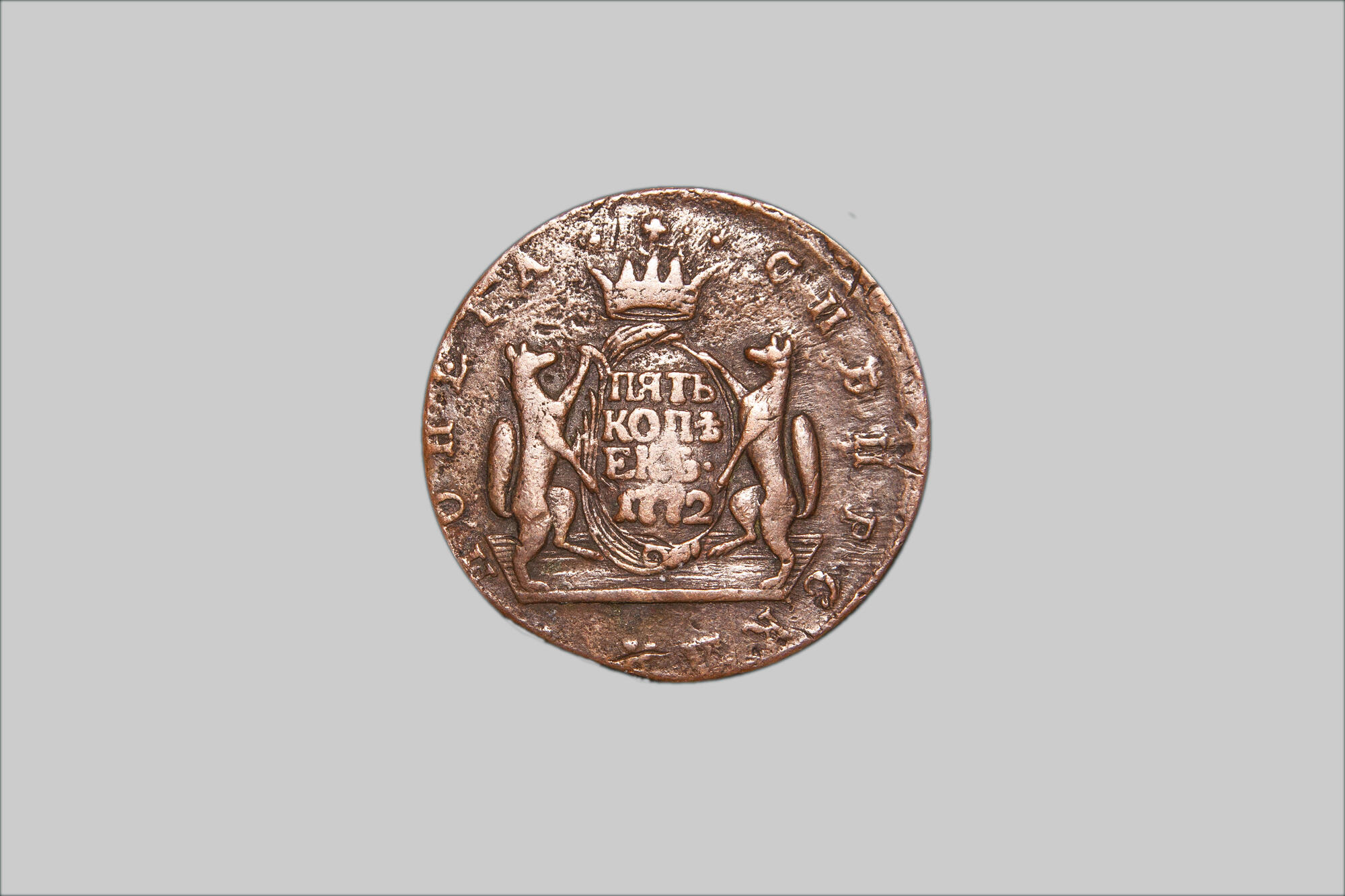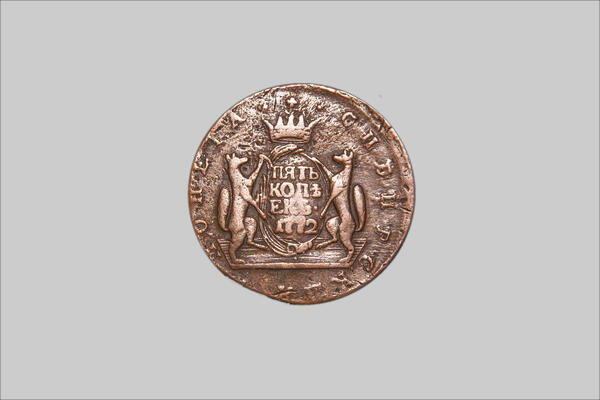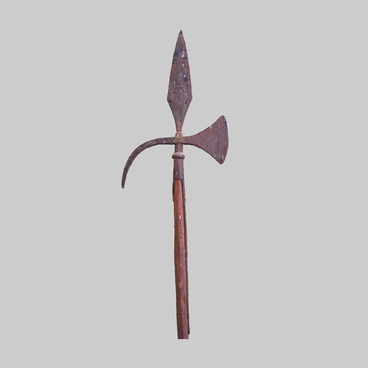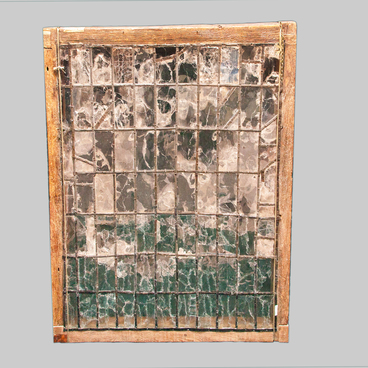Changed money was delivered to Siberia from the Central part of Russia. But this process was very expensive for the state treasury. Siberia had its own enterprises that extracted precious metals-gold and silver. The first plant – Kolyvano-Voskresensky plant was built there in the 18th century. The Cabinet of Empress Catherine II set an important task for Altai enterprises - to start minting change money from the copper accumulated from smelting of silver. This was enough to start local production. But such coins could only be in circulation in Siberia – from Tara to Kamchatka.
On November 7, 1763, Empress Catherine II signed a decree – at her command, Siberia established its own independent twenty-five-rouble coin. Siberians favorably received the appearance and circulation of Siberian money. However, the coins were not allowed into the Central part of Russia. Siberian money were accumulated in State Treasury vaults, as a result, all taxation of the population was converted to silver. Demand for Siberian coins fell, and over time, copper reserves at local factories were depleted. The Cabinet of the Empress transferred the coinage of money of the Nizhne-Suzunsky mint to the national sample. Finally, Siberian coins stopped being minted in 1781.
Siberian coins differed from ordinary copper coins in that they contained a certain percentage of valuable metals. Patterns with the monogram of Empress Catherine II were depicted on the main side of the coin. On the reverse side, there is the main wealth of Siberia — sable. There was a shield with the denomination of the coin and the year of issue on the front paws of the animals. From time immemorial, the territory of Siberia, even before joining the Moscow state, was primarily associated with furs.
A riffled edge was the distinctive sign of the Siberian coin — this feature was more relevant to expensive coins. Five kopecks were marked with the inscription ‘Kolyvan copper’, which indicated the quality of the metal from which the coin was minted.
The formation of the collection of numismatics in the Tobolsk Museum Reserve began in the 19th century. The presented item is a real numismatic rarity, the coin dates back to 1772.
On November 7, 1763, Empress Catherine II signed a decree – at her command, Siberia established its own independent twenty-five-rouble coin. Siberians favorably received the appearance and circulation of Siberian money. However, the coins were not allowed into the Central part of Russia. Siberian money were accumulated in State Treasury vaults, as a result, all taxation of the population was converted to silver. Demand for Siberian coins fell, and over time, copper reserves at local factories were depleted. The Cabinet of the Empress transferred the coinage of money of the Nizhne-Suzunsky mint to the national sample. Finally, Siberian coins stopped being minted in 1781.
Siberian coins differed from ordinary copper coins in that they contained a certain percentage of valuable metals. Patterns with the monogram of Empress Catherine II were depicted on the main side of the coin. On the reverse side, there is the main wealth of Siberia — sable. There was a shield with the denomination of the coin and the year of issue on the front paws of the animals. From time immemorial, the territory of Siberia, even before joining the Moscow state, was primarily associated with furs.
A riffled edge was the distinctive sign of the Siberian coin — this feature was more relevant to expensive coins. Five kopecks were marked with the inscription ‘Kolyvan copper’, which indicated the quality of the metal from which the coin was minted.
The formation of the collection of numismatics in the Tobolsk Museum Reserve began in the 19th century. The presented item is a real numismatic rarity, the coin dates back to 1772.



